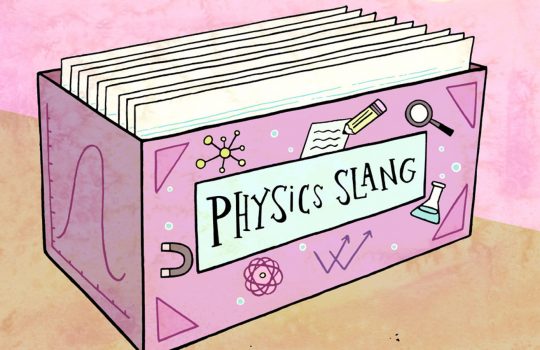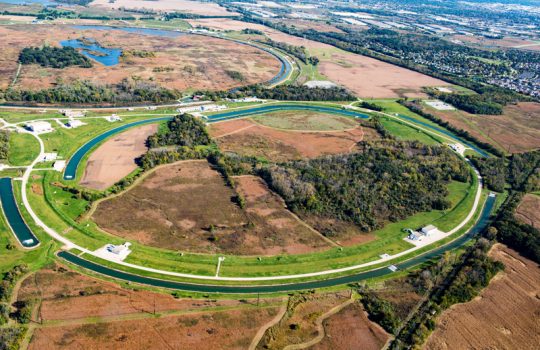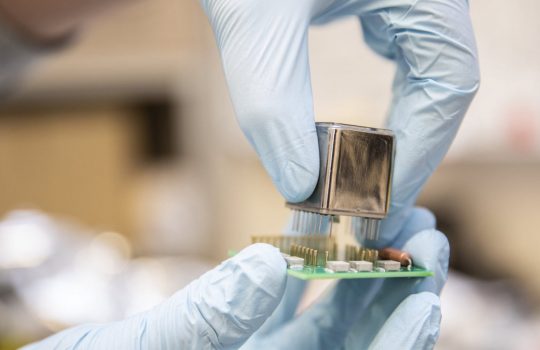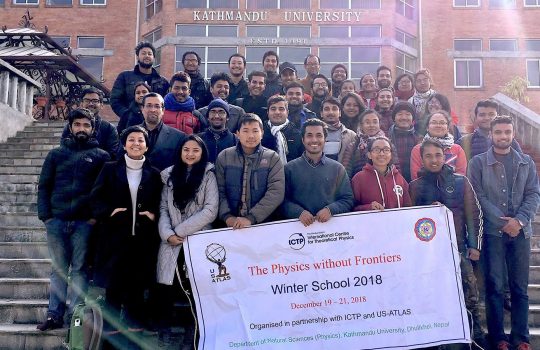Fermilab fair gives children hands-on introduction to environment
From The Beacon-News, June 9, 2019: A recent Sunday afternoon in Batavia gave parents and children the chance to experience animal and plant life as the Fermilab held its 11th annual Family Outdoor Fair. The event included more than a dozen outdoor activities, ranging from viewing the herd of bison that live on the property to scooping up insect and pond creatures and invertebrates with nets.





